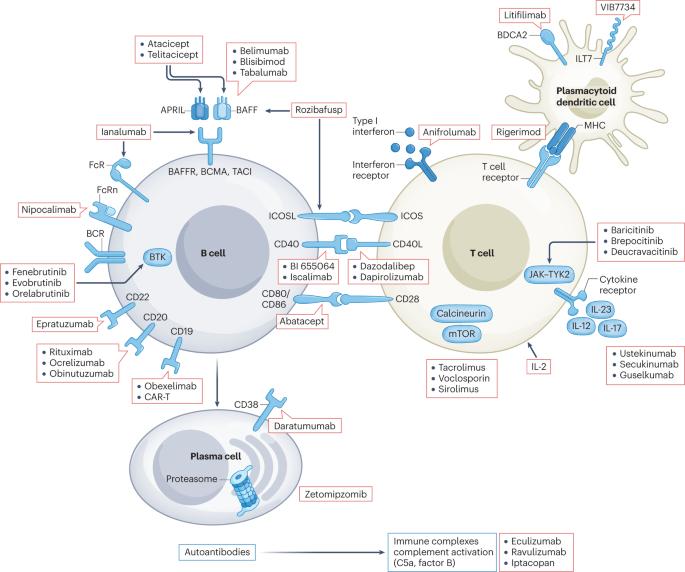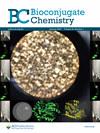Treatment of lupus nephritis: consensus, evidence and perspectives
IF 4
2区 化学
Q1 BIOCHEMICAL RESEARCH METHODS
引用次数: 7
Abstract
Despite the continuing development of immunomodulatory agents and supportive care, the prognosis associated with lupus nephritis (LN) has not improved substantially in the past decade, with end-stage kidney disease still developing in 5–30% of patients within 10 years of LN diagnosis. Moreover, inter-ethnic variation in the tolerance of, clinical response to and level of evidence regarding various therapeutic regimens for LN has led to variation in treatment prioritization in different international recommendations. Modalities that better preserve kidney function and reduce the toxicities of concomitant glucocorticoids are unmet needs in the development of therapeutics for LN. In addition to the conventional recommended therapies for LN, there are newly approved treatments as well as investigational drugs in the pipeline, including the newer generation calcineurin inhibitors and biologic agents. In view of the heterogeneity of LN in terms of clinical presentation and prognosis, the choice of therapies depends on a number of clinical considerations. Molecular profiling, gene-signature fingerprints and urine proteomic panels might enhance the accuracy of patient stratification for treatment personalization in the future. In systemic lupus erythematosus, renal involvement is known as lupus nephritis and it is associated with mortality and morbidity. This Review compares and contrasts the existing management guidelines for lupus nephritis and describes emerging therapeutic approaches and the feasibility of precision medicine.

狼疮性肾炎的治疗:共识、证据和观点
尽管免疫调节药物和支持性治疗不断发展,但狼疮肾炎(LN)的预后在过去十年中并没有得到实质性改善,5%-30%的患者在确诊LN后10年内仍会出现终末期肾病。此外,由于不同种族对 LN 各种治疗方案的耐受性、临床反应和证据水平存在差异,导致不同国际推荐的治疗优先顺序也不尽相同。能够更好地保护肾功能和减少同时使用糖皮质激素的毒性的治疗方法是 LN 治疗方法开发中尚未满足的需求。除了常规推荐的 LN 治疗方法外,还有新批准的治疗方法以及正在研究中的药物,包括新一代钙神经蛋白抑制剂和生物制剂。鉴于 LN 在临床表现和预后方面的异质性,治疗方法的选择取决于许多临床因素。分子图谱、基因图谱和尿液蛋白质组可能会提高患者分层的准确性,从而在未来实现个性化治疗。在系统性红斑狼疮中,肾脏受累被称为狼疮肾炎,与死亡率和发病率相关。这篇综述对比了狼疮肾炎的现有管理指南,介绍了新出现的治疗方法和精准医疗的可行性。
本文章由计算机程序翻译,如有差异,请以英文原文为准。
求助全文
约1分钟内获得全文
求助全文
来源期刊
CiteScore
9.00
自引率
2.10%
发文量
236
审稿时长
1.4 months
期刊介绍:
Bioconjugate Chemistry invites original contributions on all research at the interface between man-made and biological materials. The mission of the journal is to communicate to advances in fields including therapeutic delivery, imaging, bionanotechnology, and synthetic biology. Bioconjugate Chemistry is intended to provide a forum for presentation of research relevant to all aspects of bioconjugates, including the preparation, properties and applications of biomolecular conjugates.

 求助内容:
求助内容: 应助结果提醒方式:
应助结果提醒方式:


